 |
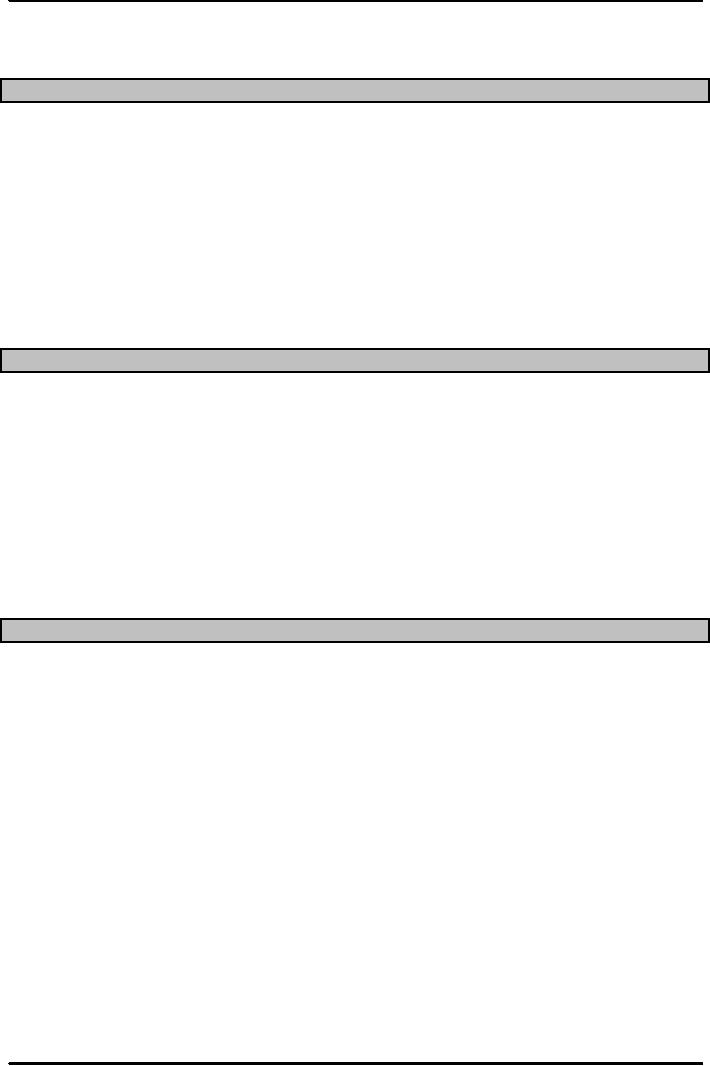
Production
and Operations Management
MGT613
VU
Lesson
21
DESIGN
OF WORK SYSTEMS
Objective
Design
of Work Systems is an important component
in Production and Operations Management.
Design
of
Work Systems forms the
basis and explains the
importance of work design. Design of
Work Systems
is
used to describe the two
basic approaches to job design, the
first approach focuses on
Efficiency
through
job specialization and the other
focuses behavioral approaches to
job design. Design of
Work
System
also entails method analysis which in
turn centers on how jobs
are performed. Motivation
and
Trust
also form an important
dimension in Design of Work
systems as this alone
provides an
opportunity
to the Organization to develop effective
teams who can achieve
organizations short and
long
term objectives. Motivation and Trust
observations also emphasizes working
conditions that in
turn
lead
to work measurements which
leads to reward and compensation of the
individual working for
the
organization.
In short this topic of Design of
Work Systems provides the
perfect bridge between
Production
and Operations Management with
Human Resource
Management.
Design
of Work Systems
Introduction
Work
System Design consists of
job design, work measurement and
establishment of time standards
and
worker compensation.
The
interesting fact is that even in
decisions in other areas of design can
affect the work design
system
or even a change in the work design
system can change the decisions in
other areas. Like
Product
or Service design will affect Design of
Work Systems. Layout Decisions
will also affect
Design
of
Systems.
It
is thus logical to ensure
that SYSTEMS approach is followed in a
decision for DESIGN, so
a
decision
in one part of the system is equally
replicated and acceptable to all the
system. E.g. Product or
Service
Design would require proper
people with standardized job
description
Job
Design
Job
design involves specifying the content and
methods of job. In general the goal of
the job design
is
to create a work system that
is not only productive but
also efficient.
Job
designers are concerned
with:-
What
will be done
Who
will do the job
How
the job will be done
Where
the job will be done
Ergonomics
A
successful Job Design must have the
following qualities
1.
Carried out by experienced personnel who
have the necessary training and
background.
2.
Consistent with the goals of the
organization.
3.
In documented form.
4.
Understood and agreed by both
management and employees.
5.
Shared with the new
employees.
6.
Factors that affect Job
Design
∑FACTORS
that
affect Job design include
1.
Lack of knowledge of the
employees.
88
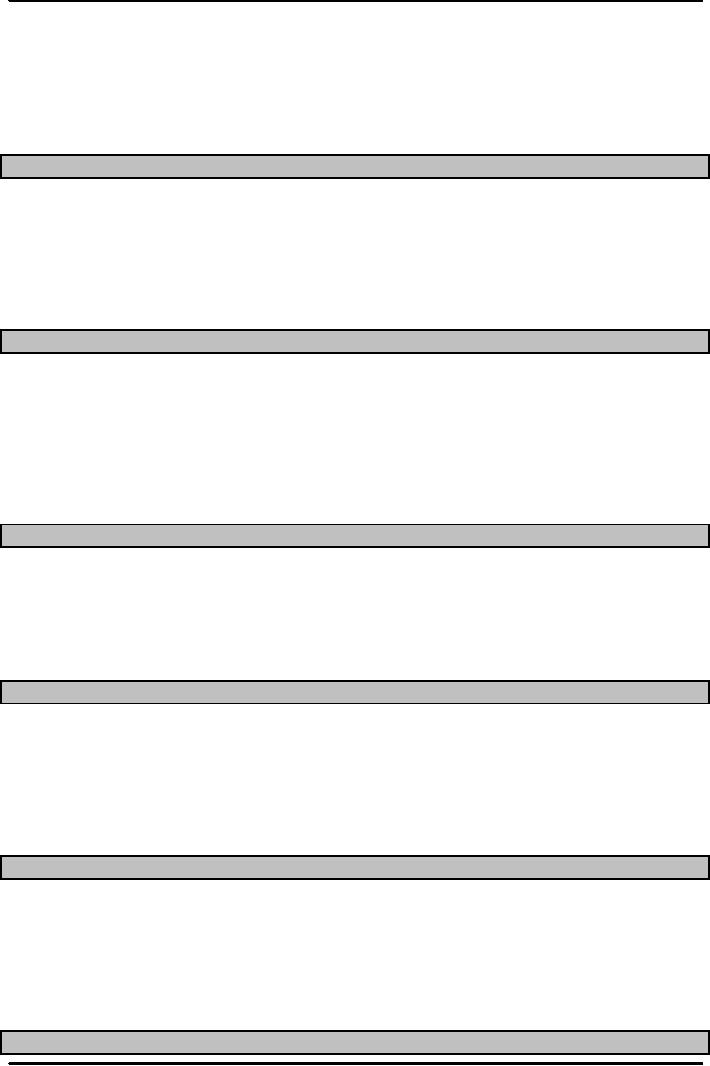
Production
and Operations Management
MGT613
VU
2.
Lack of Management support.
3.
Lack of documented job design which
often leads to poor audit
review and referral.
4.
Job Design can be carried
out in 2 ways the Efficient School and
the Behavior School.
5.
Efficiency School was
popular in 1950s based on
Frederick W Taylor's Scientific
Management
principles.
6.
Behavior school is relatively new
concept and focused on ways to eliminate
workers
dissatisfaction
and incorporate the feeling of control in
work.
Design
of Work Systems
1.
Specialization
2.
Behavioral
Approaches to Job Design
3.
Teams
4.
Methods
Analysis
5.
Motions
Study
6.
Working
conditions
Specialization
The
term specialization refers to work that
concentrates on some aspect of a
product or service.
∑
Jobs
that have a narrow
scope.
∑
Assembly
lines, medical specialties, MBA
courses.
∑
Specialization
jobs tend to yield high
productivity, low unit costs
and lead to high standard of
living
∑
in
most of the industrial
nations.
Specialization
in Business: Advantages
∑
Disadvantages
∑
Behavioral
Approaches to Job Design
In
order to make jobs more interesting and
meaningful job designers
often consider Job Enlargement,
Job
Rotation and Job Enrichment.
Job
Enlargement relates to giving a
worker a larger portion of the
total task by horizontal
loading
Job
Rotation pertains to Workers periodically
exchange jobs
Job
Enrichment is increasing responsibility
for planning and coordination
tasks, by vertical
loading
Motivation
The
importance of these approaches to
job design is that they have the
potential to increase
the
motivational
power of jobs by increasing worker
satisfaction through improvement in
quality of work
life.
Motivation
always influences quality and
productivity. It contributes to work
environment where as
Trust
influences productivity and employee-management
relations
Teams
Organization
adopt teams in order to
exploit the benefits of
teams
Higher
quality
Higher
productivity
Greater
worker satisfaction
Self-directed
teams are groups of empowered to make
certain changes in their
work process
Methods
Analysis
89
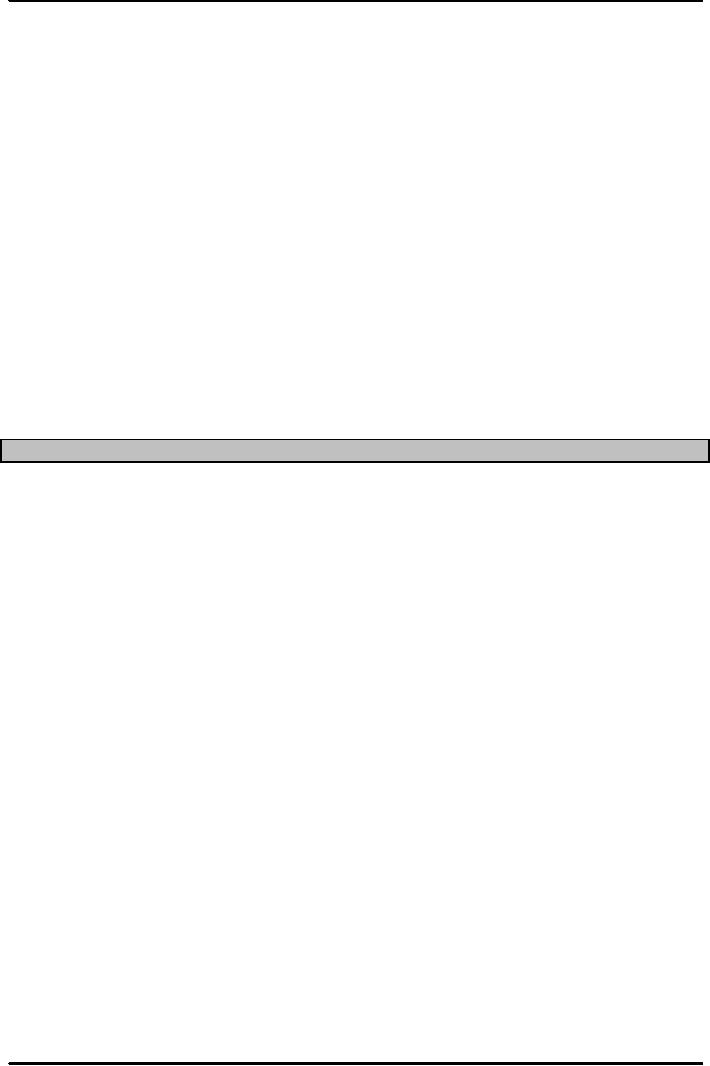
Production
and Operations Management
MGT613
VU
Methods
analysis deals with analyzing
how a job gets done, begins
with overall analysis and
then
∑
moves
to specific details like
changes in tools and equipment,
Changes in product design or
new
products,
Changes in materials or procedures and
Other factors (e.g. accidents, quality
problems)
Methods
Analysis Procedure is simple and
effective and does the
following
Identifies
the operation to be studied
Gets
employee input
Studies
and documents the current method
Analyzes
the job
Proposes
new methods
Installs
new methods
Follow-ups
to ensure improvements have been
achieved
Selecting
an Operations to study
Sometimes
a supervisor or a foreman may request an
operations or part of the operations to be
∑
studied.
This would be with the
intent to increase productivity and
reduce costs. The guidelines
for
studying
a job would include
A
high labor content.
Repeated
frequently.
Unsafe,
tiring, unpleasant, noisy and
environmentally poor.
Quality
problems, scheduling bottlenecks
etc.
Analyzing
the Job and proposing new
methods
Job
Design Analyst should
question the integrity and effectiveness of
present and proposed
∑
methods.
He or she should use charts,
graphs and verbal descriptions to capture
how the job is being
performed.
This can be the first basis
and can lead to improvement in
job design.
Flow
process chart
Chart
used to examine the overall
sequence of an operation by focusing on
movements of the
operator
or flow of materials
Worker-machine
chart
Chart
used to determine portions of a
work cycle during which an
operator and equipment are
busy
or
idle
Experienced
Job design analysts often develop a
checklist and try to answer
these questions
Why
is there a delay or storage at this
point?
How
can travel distances be
shortened
Can
material handlings be
reduced?
Would
a rearrangement of the workplace result in greater
efficiency.
Can
similar activities be grouped?
Would
the use of additional or improved
equipment be helpful?
Does
the worker have any suggestion or recommendation
for improvement?
Installing
the Improved Method
Successful
implementation of the proposed method changes requires
convincing management of the
desirability
of the new method and obtaining the
cooperation of the worker.
If
the worker has been consulted
than the task of installing the
new method is easier
otherwise it can
become
the toughest part.
If
there is a paradigm change (major
change or new method) from
the old method, the
implementation
makes take a longer
time.
Follow
up is required to ensure that the
changes have been
incorporated..
90
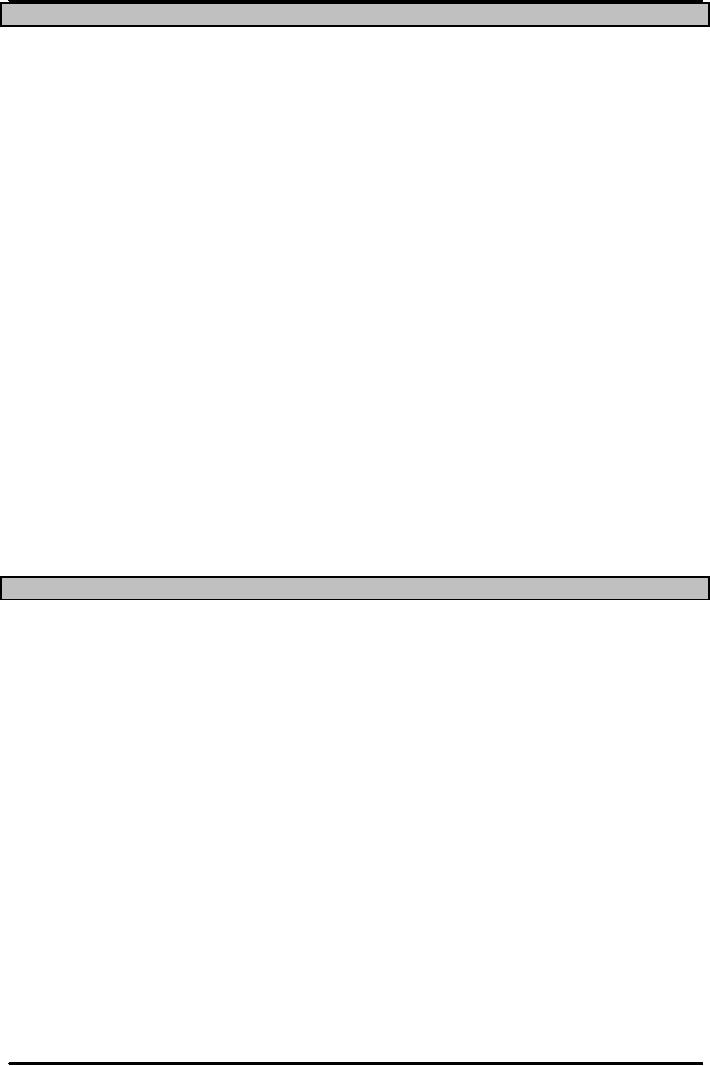
Production
and Operations Management
MGT613
VU
Motion
Study and Motion Study
Techniques
Motion
Study is the systematic study of the
human motions used to perform an
operation. The
purpose
is
to eliminate /weed-out unnecessary
motions and identify the best
sequence of operations for
maximum
efficiency. Motion study forms an
important part in productivity
improvements. It is based on
Frank
Gilbreths brick laying trade in the
early 20th century, through
the use of time motion
study
techniques.
Motion
Study Techniques often
incorporate the following four
types
1.
Motion study principles -
guidelines for designing
motion-efficient work
procedures
2.
Analysis of therbligs - basic
elemental motions into which
a job can be broken
down
3.
Micro motion study - use of
motion pictures and slow motion to
study motions that
otherwise
would
be too rapid to analyze
4.
Charts
Motion
study principles Gilbreths
work laid the foundation for
motion study principles,
which are
guidelines
for designing motion
efficient work procedures.
The guidelines are divided
into three
categories.
1.
Principles of the use of
body.
2.
Principles for the arrangement of the
work place.
3.
Principles for the designs of
tools and equipments.
Developing
Work Methods
An
operations manager along with an
analyst aims for motion
efficiency by achieving the
following
1.
Elimination of unnecessary
motions
2.
Combination of various
activities
3.
Reduction in fatigue
4.
Improvement in the arrangement of the
workplace
5.
Improvement in the design of tools and
equipment
Therblig
Techniques
Analysis
of therbligs - basic elemental
motions into which a job
can be broken down
Search
implies hunting for an item
with eyes or hands.
∑
Select
means to choose from a group
of objects.
∑
Grasp
means to take hold of the
object.
∑
Hold
refers to retention of an object that
has been grasped.
∑
Therblig
Techniques
∑
Transport
load means movement of an object
after hold.
∑
Release
load means to deposit the
object.
∑
Some
other common Therbligs are
Inspect, Position, Plan,
Rest and Delay.
∑
Also
Frank and Lillian Gilbreth
are responsible for micro
motion study as well.
∑
Working
Conditions
∑
Working
Conditions (cont'd)
∑
Work
Measurement determines how long it should
take to do a job. This may
be focusing on an
individual's
performance or completion of a mega scale
project. When we discuss the design
part of
work
systems we often discuss the
importance of standard time in
work measurement. Standard time
is
the
amount of time it should take a
qualified worker to complete a specified
task, working at sustainable
rate,
using given methods, tools
and equipments, raw materials and work
place arrangements. It also
employs
the following common types of work
measurement techniques
1.
Stopwatch time study
2.
Historical times
91
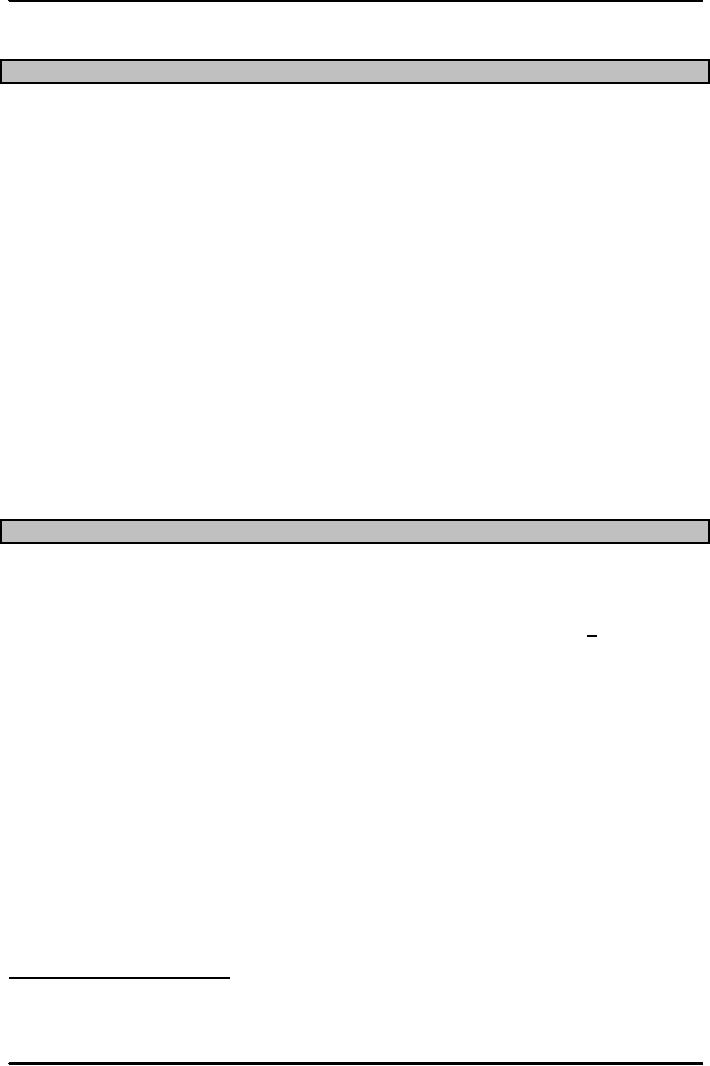
Production
and Operations Management
MGT613
VU
3.
Predetermined data
4.
Work Sampling
Stopwatch
time study
Stopwatch
time study is used to
develop a time standard
based on observations of one worker
taken
∑
over
number of cycles. That is then
applied to work of others of the
same organization who
perform
the
same work. The basic
steps in stop watch time
study include
1.
Define the task to be studied and
inform the workers who be
studied.
2.
Determine the number of cycles to
observe.
3.
Time the job and rate the workers
performance
4.
Compute the standard time
Also,
the number of cycles that must be
timed is a function of three
things
1.
The variability of observed times
2.
The desired accuracy
3.
The desired level of confidence
interval for the estimated job
time
Desired
accuracy is expressed as percentage of
the mean of the Observed
Time.
N=
(zs/a x -)2
Where
Z
is the number of normal standard
deviations needed for desired
confidence
S
is sample standard
deviation
a
is desired accuracy percentage
x- (x
bar) is the sample
mean
EXAMPLE
A
Mechanical Engineer working
for an automobile manufacture in Lahore
presents the following
information
to the Operations Manager. The assembly
workers take a mean time of
120 minutes to
assemble
a single car with a standard
deviation of 5 minutes. The confidence
limit if 95%. The
Operations
Manager will need how
many observations if the desired maximum
error is + 5%
Solution
Given
Data
S=
5 minutes,
Z
is 1.96 ( since 95
CI)
x- =
120 minutes,
a=
5 %
The
formula is
N=
(zs/a x -)2
Substituting
the values
N=
( (1.96)(5)/(0.05)(120))2
=(96.04)/(36)=2.67
studies = 3 studies
Development
of a Time Standard
Development
of a Time standard involves
Observed Time (OT), Normal
Time(NT) and Standard Time (
ST).
Mathematically
Observed Time OT is represented by OT =
Σ
X/
n
92
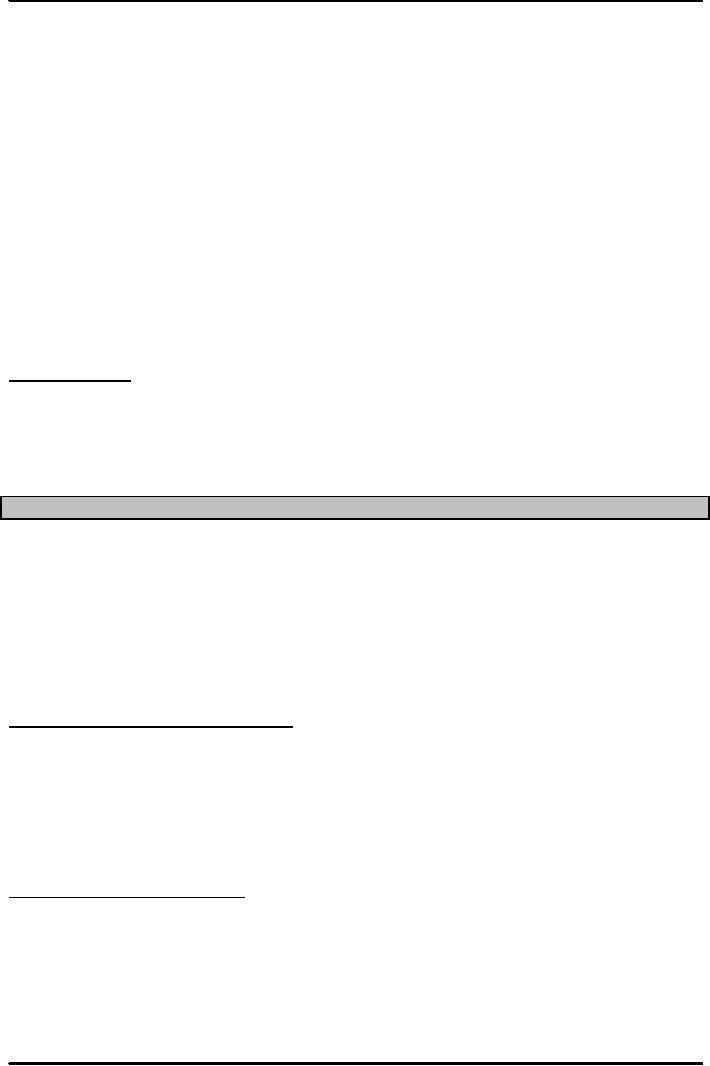
Production
and Operations Management
MGT613
VU
Observed
Time OT is just the average of the
recorded times. Also Normal Time NT is
the
observed
time adjusted for worker
performance.
Similarly
Normal time NT=OT X
PR
Computed
by multiplying observed time with
Performance rating.
∑
Normal
time is the length of time a
worker should take to
perform a job.
∑
Another
important concept is Standard
time
Standard
Time=ST=NT X AF is the normal time
plus allowance for delays
like ( getting a
glass
of
water or going to the washroom human
needs)
Predetermined
Time Standards
1.
Predetermined Time Standards are
published data that is based
on extensive research to
determine
standard elemental times.
2.
A common system is the Methods Time
Measurement ( MTM)
3.
Analysts are trained and
certified before they can be
allowed to use MTM.
MTM
Advantages
1.
They
are based on large number of
workers under controlled
conditions.
2.
The
analyst is not required to rate
performance in developing the
standard.
3.
There
is no disruption of the operation.
4.
Standards
can be established even before a job is
done.
Compensation
An
Operations Manger comes across
two types of compensation, working for
any service or
manufacturing
based organization:-
1.
Time-based system, which is the compensation
based on time an employee
has worked during a
pay
period.
2.
Output-based (incentive) system,
which is compensation based on the amount
of output an
employee
produces during a pay
period
Characteristics
and Form of Incentive
Plan
Operations
Manager making use of an
Incentive Plan must be able
to understand and identify the
following
characteristics and form of Incentive
Plan.
1.
Accurate
2.
Easy to apply
3.
Consistent
4.
Easy to understand
5.
Fair
6.
Compensation
Types
of Individual Incentive
Plans
Pakistani
organizations have employed various types
of individual incentive plans which
find judicious
applications
in other countries of the world.
1.
Group Incentive Plans
2.
Knowledge-Based Pay
System
3.
Management Compensation
Of
the three mentioned above, the operations
manager should be able to
identify the advantages and
disadvantages
of each type of incentive
plan.
93

Production
and Operations Management
MGT613
VU
Summary
The
importance of work design has
been often overlooked
because the work of Operations Manager
in
the
past was not linked
with the Human Resource Department of the
same organization. Times
have
changed
and now Operations side work in
tandem with Human Resource
Department. Operations
Managers
are trained to understand the two
basic approaches to job design.
This lecture provided
us
with
an opportunity that we discussed the
advantages and disadvantages of
specialization and
Behavioral
approaches to Job Design.
Supplementary
discussions focused on Method
Analysis and Motion Study
Techniques, which
focused
on
efficiency aspect of the job.
This may ignore the behavior
aspect but still form an
important and
integral
part of job design.
And
last but not the least work
measurements dealt specifically
with the length of time
needed to
complete
a job and was linked with
Personnel Planning, Cost
Estimation, Budgeting, Scheduling
and
Worker
Compensation.
94
Table of Contents:
- INTRODUCTION TO PRODUCTION AND OPERATIONS MANAGEMENT
- INTRODUCTION TO PRODUCTION AND OPERATIONS MANAGEMENT:Decision Making
- INTRODUCTION TO PRODUCTION AND OPERATIONS MANAGEMENT:Strategy
- INTRODUCTION TO PRODUCTION AND OPERATIONS MANAGEMENT:Service Delivery System
- INTRODUCTION TO PRODUCTION AND OPERATIONS MANAGEMENT:Productivity
- INTRODUCTION TO PRODUCTION AND OPERATIONS MANAGEMENT:The Decision Process
- INTRODUCTION TO PRODUCTION AND OPERATIONS MANAGEMENT:Demand Management
- Roadmap to the Lecture:Fundamental Types of Forecasts, Finer Classification of Forecasts
- Time Series Forecasts:Techniques for Averaging, Simple Moving Average Solution
- The formula for the moving average is:Exponential Smoothing Model, Common Nonlinear Trends
- The formula for the moving average is:Major factors in design strategy
- The formula for the moving average is:Standardization, Mass Customization
- The formula for the moving average is:DESIGN STRATEGIES
- The formula for the moving average is:Measuring Reliability, AVAILABILITY
- The formula for the moving average is:Learning Objectives, Capacity Planning
- The formula for the moving average is:Efficiency and Utilization, Evaluating Alternatives
- The formula for the moving average is:Evaluating Alternatives, Financial Analysis
- PROCESS SELECTION:Types of Operation, Intermittent Processing
- PROCESS SELECTION:Basic Layout Types, Advantages of Product Layout
- PROCESS SELECTION:Cellular Layouts, Facilities Layouts, Importance of Layout Decisions
- DESIGN OF WORK SYSTEMS:Job Design, Specialization, Methods Analysis
- LOCATION PLANNING AND ANALYSIS:MANAGING GLOBAL OPERATIONS, Regional Factors
- MANAGEMENT OF QUALITY:Dimensions of Quality, Examples of Service Quality
- SERVICE QUALITY:Moments of Truth, Perceived Service Quality, Service Gap Analysis
- TOTAL QUALITY MANAGEMENT:Determinants of Quality, Responsibility for Quality
- TQM QUALITY:Six Sigma Team, PROCESS IMPROVEMENT
- QUALITY CONTROL & QUALITY ASSURANCE:INSPECTION, Control Chart
- ACCEPTANCE SAMPLING:CHOOSING A PLAN, CONSUMERíS AND PRODUCERíS RISK
- AGGREGATE PLANNING:Demand and Capacity Options
- AGGREGATE PLANNING:Aggregate Planning Relationships, Master Scheduling
- INVENTORY MANAGEMENT:Objective of Inventory Control, Inventory Counting Systems
- INVENTORY MANAGEMENT:ABC Classification System, Cycle Counting
- INVENTORY MANAGEMENT:Economic Production Quantity Assumptions
- INVENTORY MANAGEMENT:Independent and Dependent Demand
- INVENTORY MANAGEMENT:Capacity Planning, Manufacturing Resource Planning
- JUST IN TIME PRODUCTION SYSTEMS:Organizational and Operational Strategies
- JUST IN TIME PRODUCTION SYSTEMS:Operational Benefits, Kanban Formula
- JUST IN TIME PRODUCTION SYSTEMS:Secondary Goals, Tiered Supplier Network
- SUPPLY CHAIN MANAGEMENT:Logistics, Distribution Requirements Planning
- SUPPLY CHAIN MANAGEMENT:Supply Chain Benefits and Drawbacks
- SCHEDULING:High-Volume Systems, Load Chart, Hungarian Method
- SEQUENCING:Assumptions to Priority Rules, Scheduling Service Operations
- PROJECT MANAGEMENT:Project Life Cycle, Work Breakdown Structure
- PROJECT MANAGEMENT:Computing Algorithm, Project Crashing, Risk Management
- Waiting Lines:Queuing Analysis, System Characteristics, Priority Model